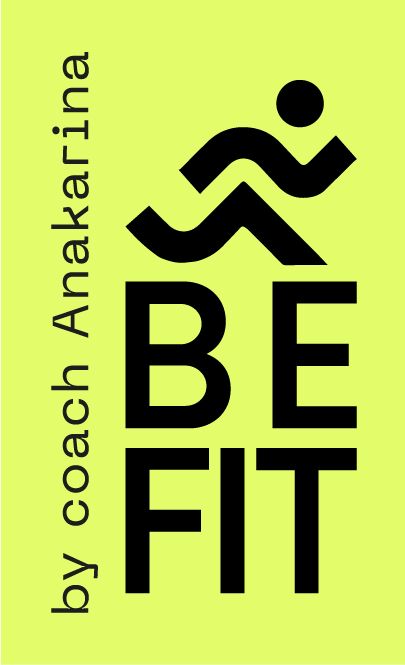The ultimate guide to marathon running gear: 10 essentials you can’t skip
Marathon day is more than just a race; it’s the culmination of months of training, mental preparation, and meticulous planning. Whether you’re gearing up for your first marathon or chasing a new personal best, having the right equipment isn’t just a bonus—it’s essential. From preventing blisters to staying hydrated and energized, the right tools can transform your experience from daunting to empowering.
Hi, I’m Coach Kari, and this is Be Fit Runners, the go-to place for runners like you who want to run smarter, stronger, and injury-free. In this guide, we’ll dive into the marathon running gear you absolutely can’t skip. Let’s ensure you’re equipped for success and ready to conquer those 26.2 miles!
What gear do you need for running a marathon?
Having the right tools isn’t just helpful—it’s transformative. The proper gear can mean the difference between a triumphant marathon and one filled with discomfort or unnecessary challenges. Let’s dive into the essentials:
- Socks
- Running bottoms
- Sunglasses
- Running shoes
- Accessories
- Energy gels and supplements
- Hydration systems
- Anti-chafing solutions
- Recovery tools
- Post-run bags
How does the right gear elevate your marathon experience?
Imagine this: you’re halfway through your race, and instead of focusing on your stride, you’re distracted by chafing, blisters, or dehydration. The right gear eliminates these obstacles, allowing you to focus on what really matters—your performance and the joy of running.
Here’s how each piece of gear contributes to a smoother, more enjoyable marathon:
- Comfort: Proper gear reduces pain points like blisters or chafing.
- Performance: High-quality tools like energy gels and hydration systems keep your body fueled and functioning at its peak.
- Confidence: Knowing you’re equipped with the best gear gives you the mental edge to push through tough miles.
(Prices may vary. Please check the linked websites for the most up-to-date information.)
1. Socks: Don’t let blisters slow you down
A good pair of socks is your first line of defense against blisters and discomfort. They work hand-in-hand with your best marathon shoes to keep your feet in top condition.
- Balega Blister Support Quarter Socks ($22): These socks feature anti-blister technology and a snug fit that keeps you comfortable mile after mile.
- Swiftwick Aspire Four ($19): Compression support and moisture management make these socks a go-to for long runs.
Why it matters: Blisters can ruin your race. These socks keep your feet dry and protected, so you can focus on your stride, not your shoes.
How to choose the perfect running socks
- Look for moisture-wicking materials like merino wool or synthetic blends.
- Avoid thick seams that can rub against your skin.
- Test socks on long runs to ensure they stay in place.

2. Running bottoms: Comfort is key
Your choice of shorts, leggings, or tights can make or break your marathon experience. Prioritize lightweight, breathable fabrics that minimize chafing.
- Lululemon Fast and Free Leggings ($148): Designed for women, these leggings offer a second-skin feel and storage for gels.
- Nike Nike Challenger Run Energy ($45): Lightweight and quick-drying, these shorts are a favorite for men.
Pro tip: Test your bottoms during long training runs to ensure they stay comfortable over distance.
What’s better: shorts or leggings?
- Shorts: Great for warmer weather and those who prefer less material.
- Leggings: Ideal for colder climates or runners needing compression.
Common mistakes when choosing running bottoms
- Wearing cotton, which absorbs sweat and causes chafing.
- Not testing gear during training runs.
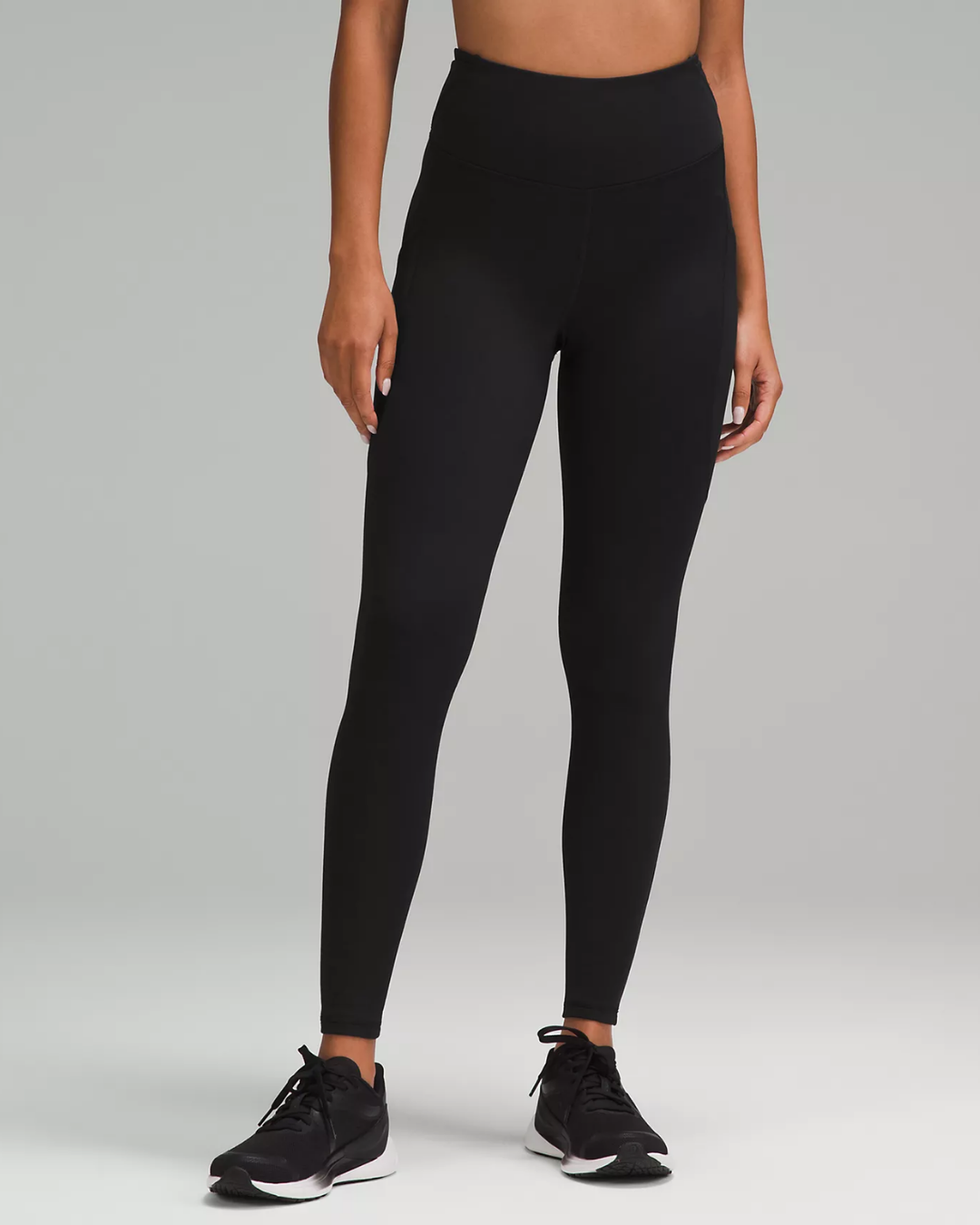
3. Sunglasses: Protect your eyes and stay focused
Sunglasses do more than block UV rays; they reduce glare, keep your vision sharp, and even make you feel like a pro.
- Nike Skylon Ace 22 ($130): Designed specifically for athletes, these wraparound lenses enhance visibility and feature anti-fog technology.
- ROKA Matador Air ($240): Ultralight performance sunglasses engineered for runners, featuring GEKO™ no-slip fit and premium optics for clarity.
Why it matters: Squinting in the sun drains your energy. Protect your eyes and maintain focus with a great pair of shades.
Features to look for in running sunglasses
- Lightweight frames to avoid pressure points.
- Anti-slip grips on the nose and arms.
- Polarized lenses for glare reduction.
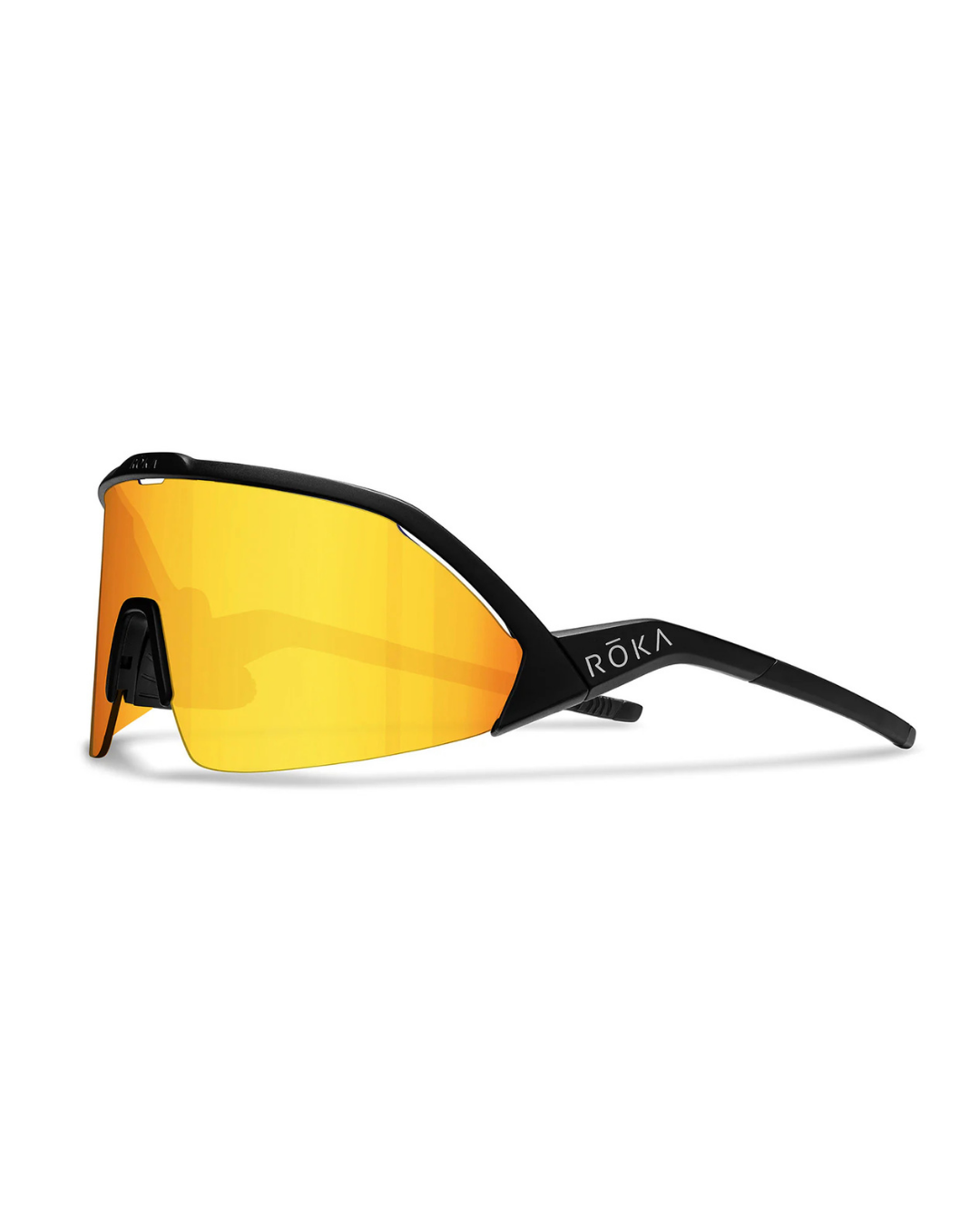
4. Running shoes: The ultimate foundation
We covered this extensively in our marathon shoes blog, but here are the highlights:
- Nike Air Zoom Pegasus Premium ($210): These shoes provide a snug, secure fit while keeping your feet cool and comfortable. The React foam midsole reduces impact, making every mile feel smooth.
- Asics Gel-Nimbus 25 ($165): Absorbs shock and enhances comfort, making it an excellent choice for long training runs.
Tip: Always break in your shoes during training to avoid surprises on race day.
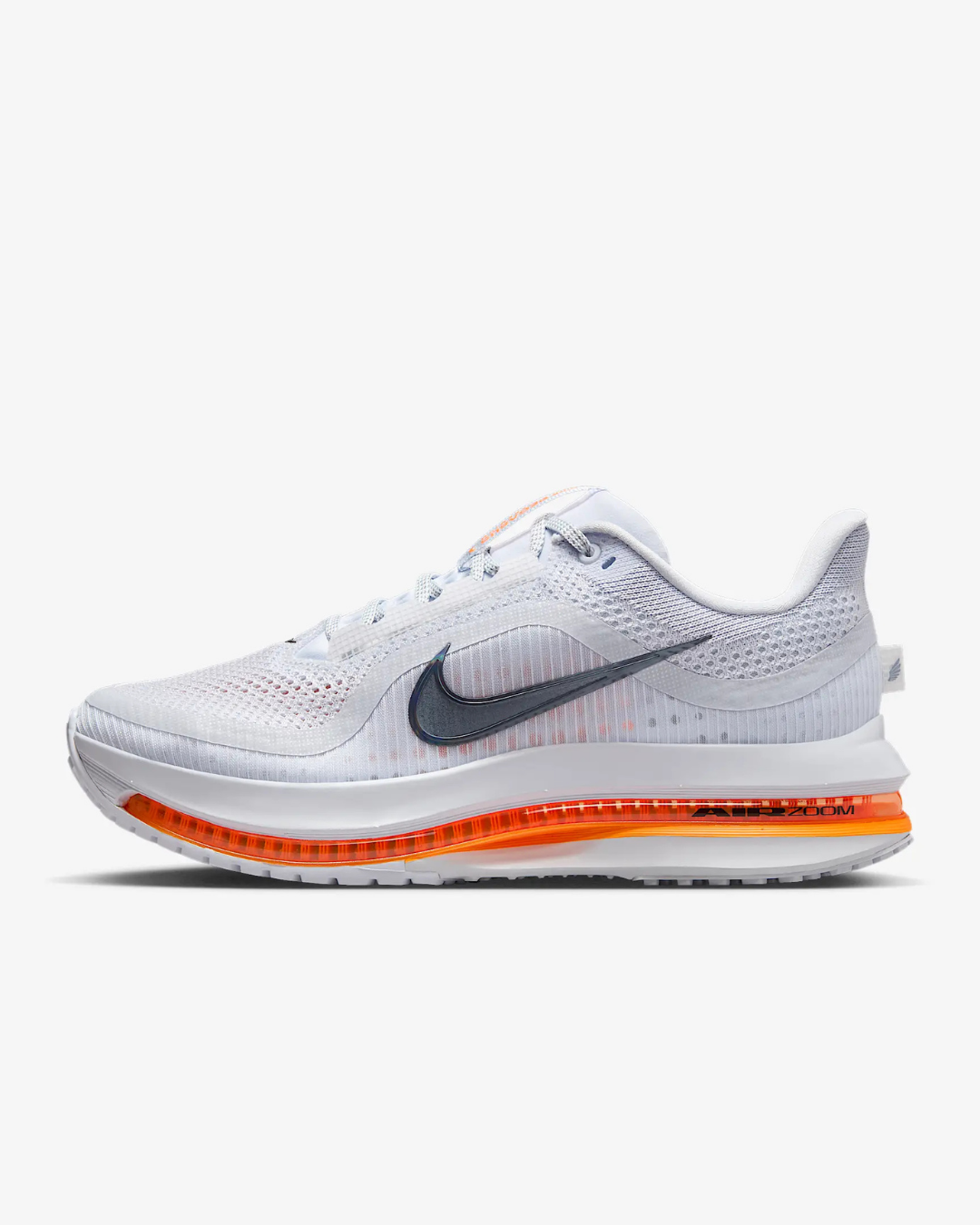
5. Accessories: Elevate your run
The right gadgets can transform your marathon experience. Consider these:
- Garmin Forerunner 165 ($250): Tracks your pace, heart rate, and distance with precision.
- Jabra Elite Active Earbuds ($70): Stay entertained with sweat-proof, secure-fit earbuds.
Why they’re cool: Tracking your stats and enjoying motivational music keeps you going, especially during tough miles.
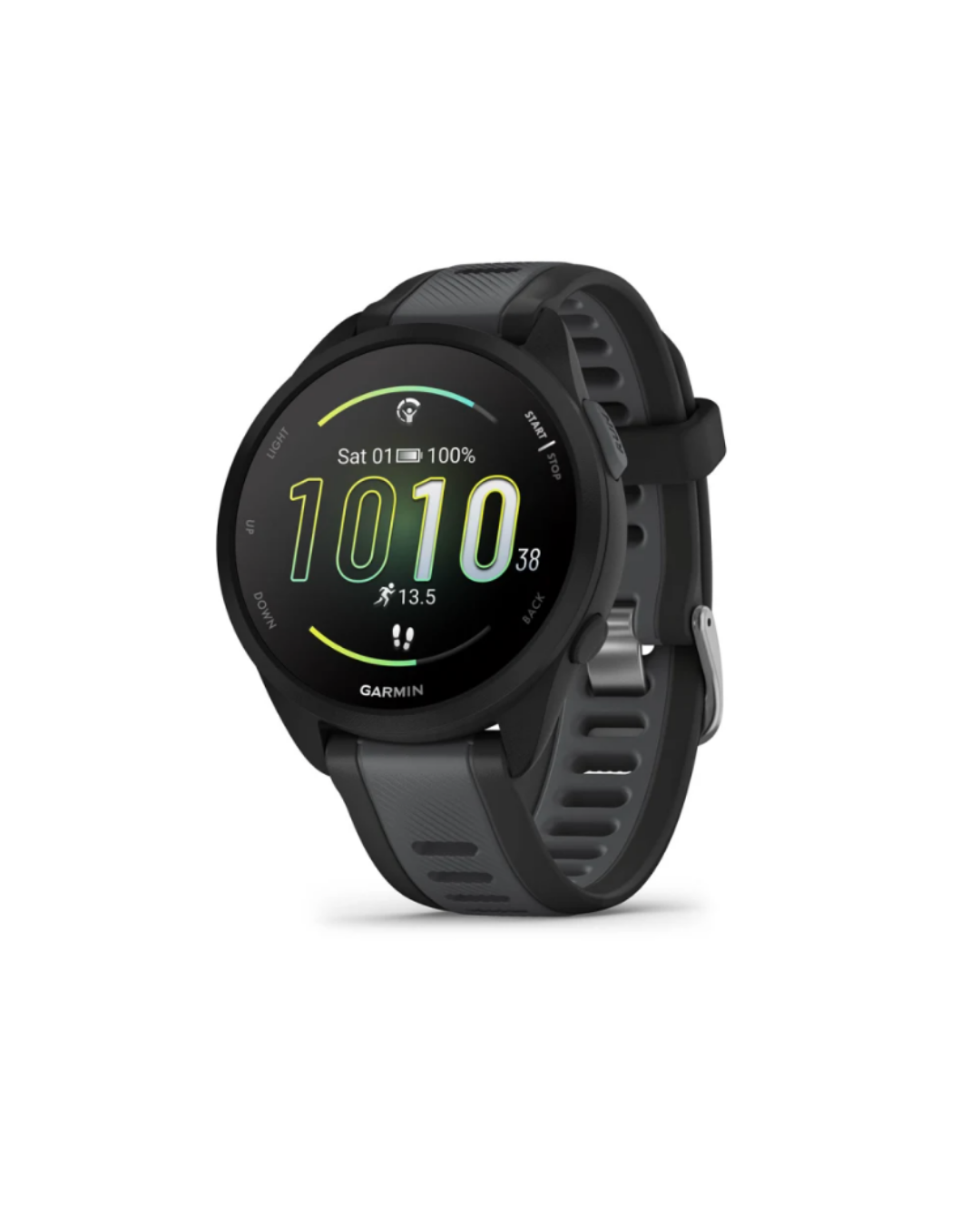
6. Energy gels and supplements: Fuel your journey
Marathon running burns serious calories, and energy gels or snacks are vital for maintaining stamina.
- GU Energy Gels ($25/24-pack): Easy-to-digest carbohydrates to keep you fueled.
- Honey Stinger Waffles ($26/16-pack): A delicious alternative for steady energy.
Tip: Practice using these during training to find what works best for your stomach.
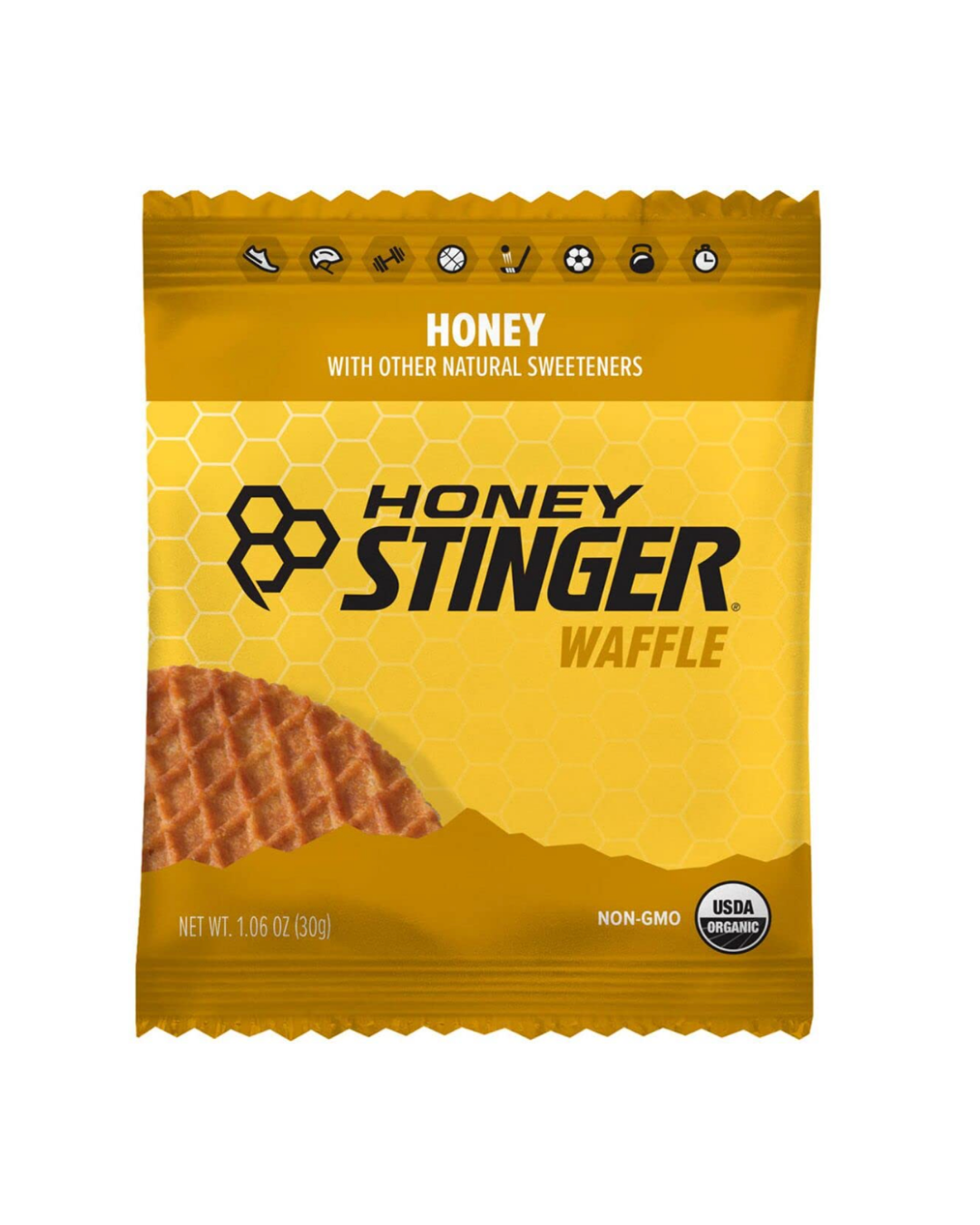
7. Hydration systems: Stay ahead of thirst
Dehydration can derail your race. A good hydration system keeps fluids within reach.
- Nathan Hydration Belt ($33): Comfortable with easy-access flasks.
- Salomon Soft Flask ($21): Compact and lightweight for runners who prefer handheld hydration.
Why it’s essential: Proper hydration keeps you performing at your best and prevents fatigue.
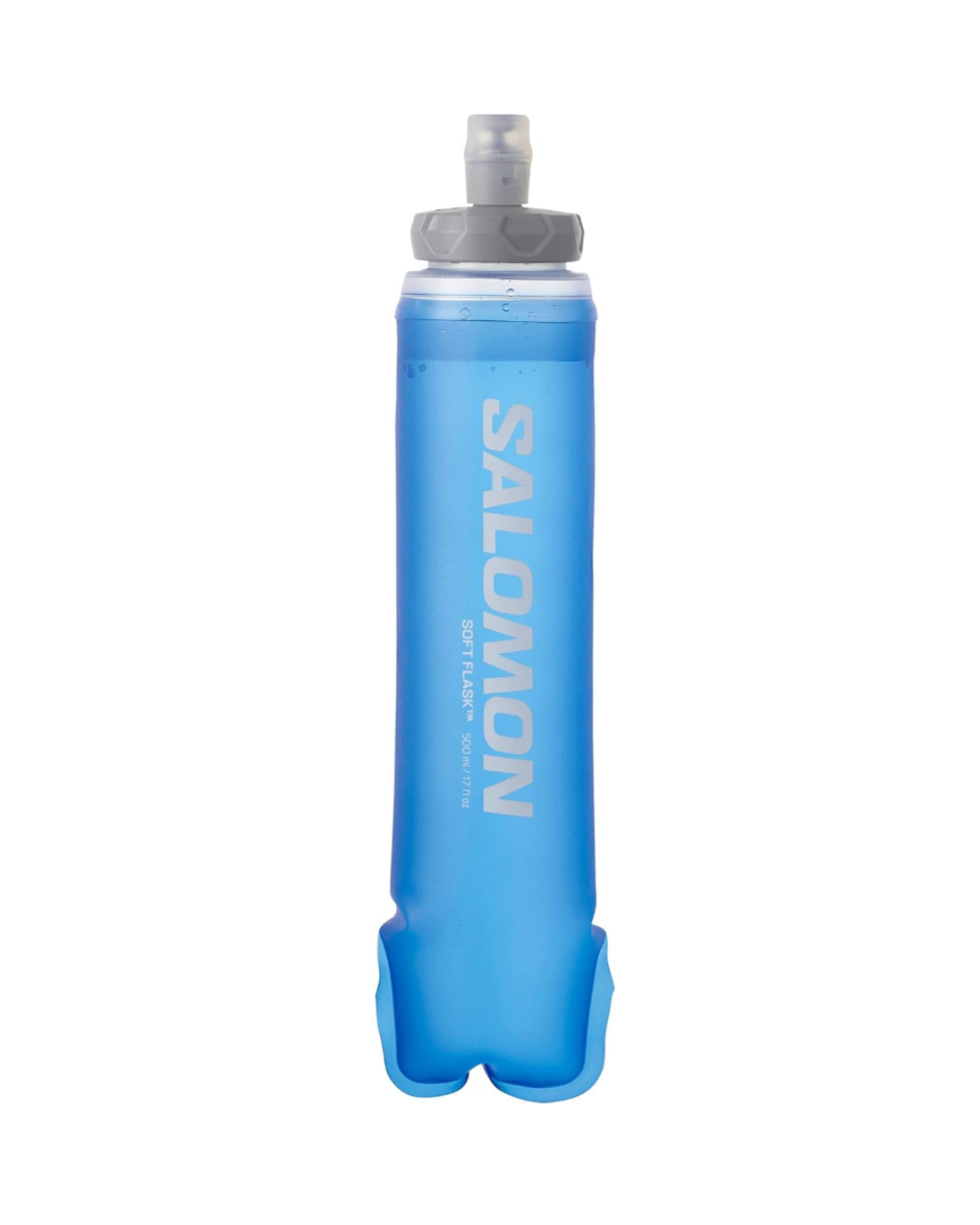
8. Anti-chafing solutions: Pain-free running
Long distances mean friction, and friction means pain. Anti-chafing solutions are lifesavers.
- Body Glide Anti-Chafe Balm ($10 / 2 pack): Easy application and long-lasting protection.
- Squirrel’s Nut Butter ($11): Natural ingredients that soothe and protect.
Why it’s necessary: Prevent chafing before it starts to keep your focus on the finish line.
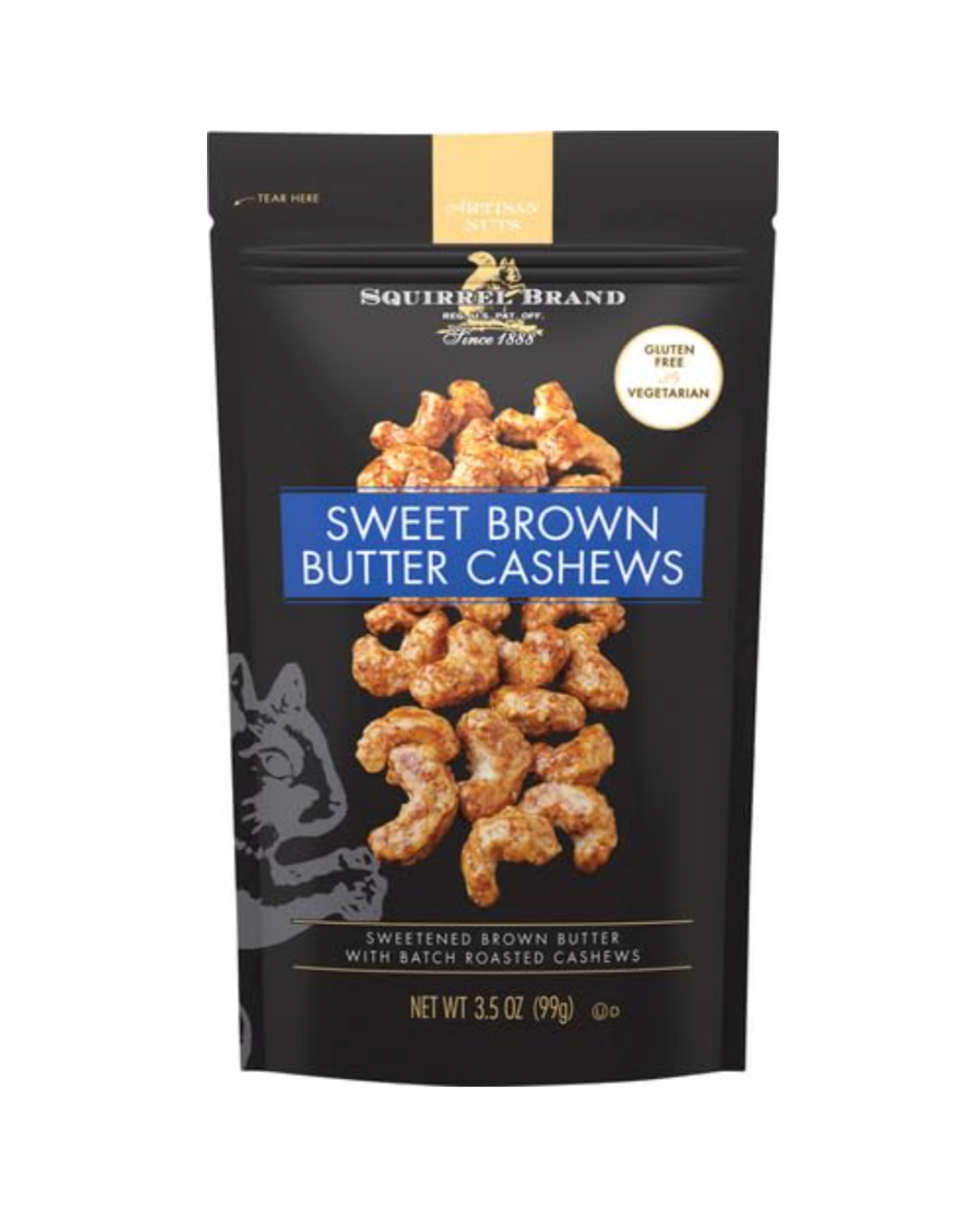
9. Recovery tools: Post-run relief
Recovery starts the moment you cross the finish line. These tools can speed up your healing process:
- TriggerPoint Grid Foam Roller ($30): Targets sore muscles effectively.
- TheraGun massage gun ($140): Deep tissue massage without the bulk.
Pro tip: Incorporate recovery tools into your training to enhance performance.
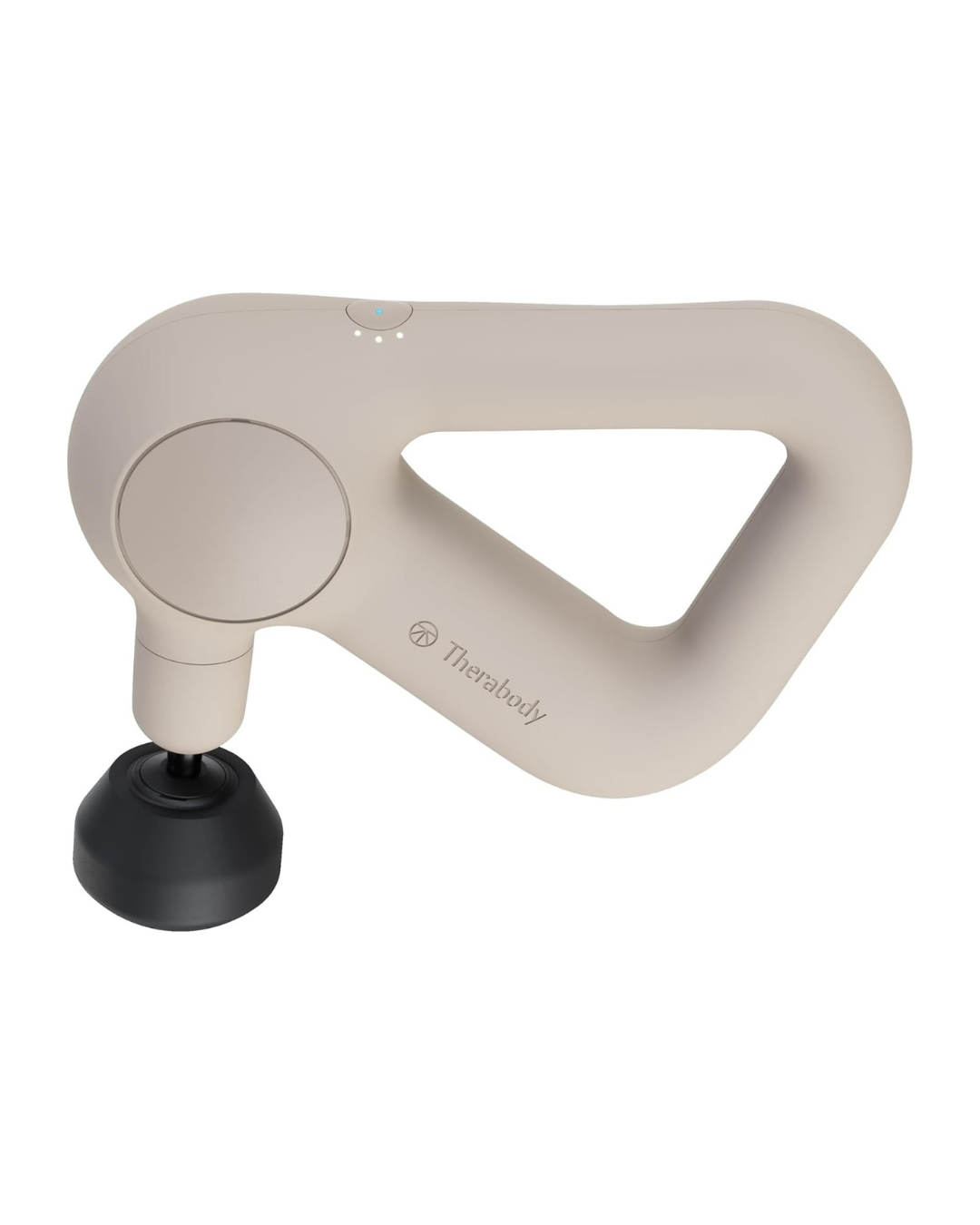
10. Post-run bags: Carry it all
Don’t forget a durable bag to organize your gear:
- Nike Brasilia Duffel ($54): Large main compartment for easy access and storage
- Osprey Daylite Backpack ($64): Compatible as an accessory for various Osprey travel and backpacking bags for additional storage and carrying options.
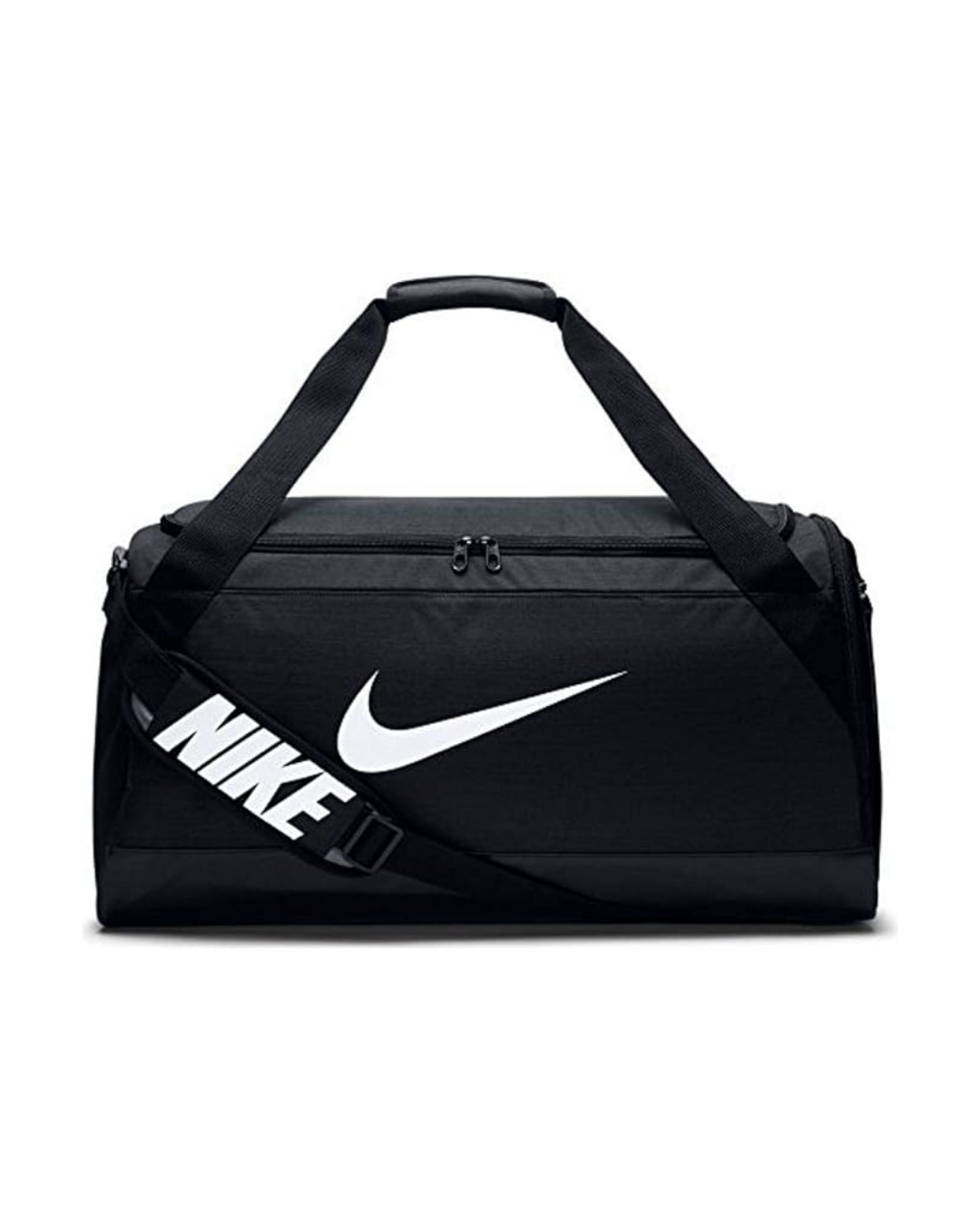
What should you eat before and during a marathon?
Your nutrition plan is just as critical as your training. Eating the right foods ensures your body has the energy it needs to go the distance.
Pre-race meals
- Stick to carb-heavy meals like oatmeal or pasta.
- Avoid high-fiber or fatty foods that could upset your stomach.
During the race
- Consume energy gels or snacks every 30–45 minutes.
- Pair your snacks with small sips of water to aid digestion.
Pro tip: Practice your race-day nutrition during training to see what works best for you.
How do you recover after a marathon?
Crossing the finish line is just the beginning of your recovery. Here’s how to bounce back faster:
The first hour:
- Rehydrate with water or an electrolyte drink.
- Eat a protein-rich snack to start muscle repair.
The first day:
- Use recovery tools like foam rollers to reduce soreness.
- Avoid prolonged sitting—gentle movement aids circulation.
The first week:
- Gradually reintroduce light activity like walking or swimming.
- Treat yourself to a sports massage to ease tight muscles.
What to pack in your post-run bag
- A fresh change of clothes to stay dry and comfortable.
- Snacks or recovery drinks to replenish energy.
- A small towel and deodorant for quick clean-up.
What to take when running a marathon?
- Hydration system or handheld bottle.
- Energy gels or snacks.
- Sunglasses and anti-chafing balm.
- Extra socks for post-run comfort.
Equip yourself for success
Marathon running is as much about preparation as it is about endurance. With the right gear, you can focus on your goals and enjoy every step of the journey. Ready to gear up? Check out our online membership for runners for personalized plans and expert guidance. And if you need gear that works as hard as you do, explore our BeFit Running merch collection to train and race in comfort and style. Let’s make your next marathon unforgettable!
* Blog Disclosure: Reading our blog does not replace any medical or health consultations with licensed professionals. This blog is created with educational purposes.
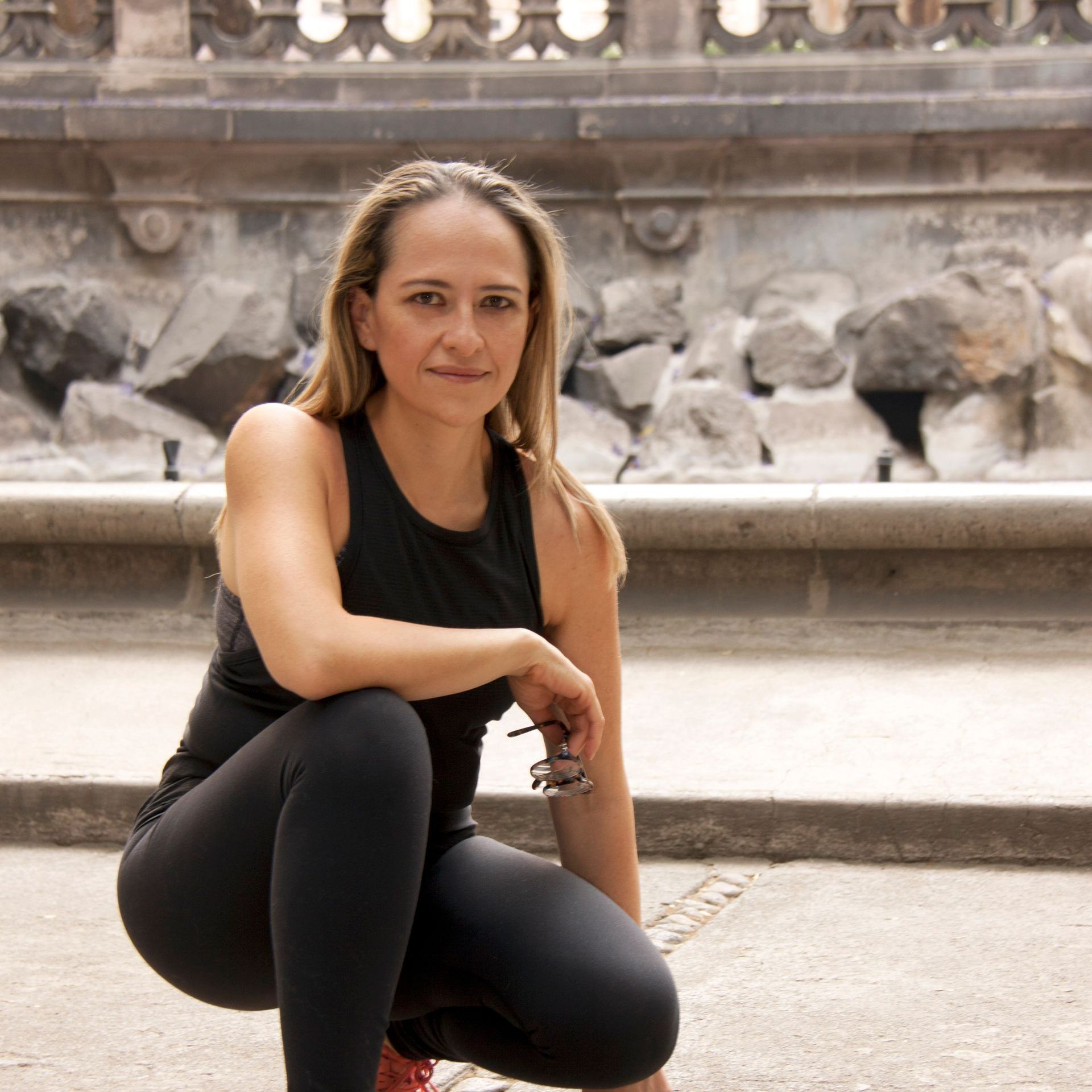
Hola, I'm coach Kari
Many of my athletes come to me because they no longer enjoy running, whether due to injury or simply because they're not improving their performance. I want to help you break out of this vicious cycle and enjoy running again. Through my running coaching, you will improve your techniques and become a stronger runner.
Download your running roadmap to 5k,10k or your first marathons (EN/ES available) 👇




